
April 01, 2024
Introduction! Collaboration with Fitness Wear Manufacturers illuminates hidden possibilities. In this space, connections create routes to progress by integrating the expertise of different disciplines and drawing inspiration from good gym clothing brands. Fitness apparel, made with accuracy to cater to the demands of modern fitness enthusiasts, benefits immensely from these synergistic partnerships. All these alliances based on shared objectives move the industry ever forward, defining new standards for quality and performance. The collaborative journey shows the transforming nature of cooperation in fitness wear industry. The Essence of Successful Fitness Wear Manufacturer Collaborations! Mutual Goals Alliances thrive on shared aims. Fitness wear giants and fabric innovators unite, targeting peak performance. Their dialogue, rich in acronyms like MOQ (Minimum Order Quantity) and KPIs (Key Performance Indicators), orbits around user comfort and durability. Threads interweave, forming a tapestry of collaboration, where ™Tech Fibers meet ergonomic designs. This synergy, quantified by 100+ unique product prototypes annually, underscores a relentless pursuit of excellence. Brand Synergy Synergy, the core of co-branding, manifests in logos and taglines seamlessly blended. The fusion of two powerhouses, say GymShark×Nike, leverages distinct market positions. Their arsenal includes R&D insights, shared at 50+ annual expos. This partnership, a beacon of innovation, marries aesthetics with function. The result is a lineup where each piece, from compression workout leggings to moisture-wicking tees, is a testament to unified brand vision. Market Analysis Dissecting market trends is paramount. Fitness wear brands deploy AI-driven analytics, scrutinizing data from 1000s of consumer feedback entries. This deep dive into preferences and pain points informs their strategy. The outcome is Apparel that addresses real-world needs, from UV protection to anti-odor tech. Such meticulous analysis ensures offerings resonate, cementing the brand's foothold in a volatile marketplace. Design Innovation Innovation is the cornerstone of design. Creators, armed with CAD (Computer-Aided Design) tools, sketch the future of fitness wear. Their canvas is Fabrics that breathe and flex, engineered for the 21st-century athlete. This commitment to novelty, supported by 3D prototyping and wear-testing, propels the industry forward. Each garment, a blend of form and function, mirrors the dynamic spirit of its wearer. Quality Standards Quality is non-negotiable and paramount. Rigorous ISO 9001 compliance ensures each seam withstands the rigors of intense workouts. From tensile strength testing to colorfastness checks, no detail is too small. This meticulousness guarantees are that each piece, whether it's for yoga apparel or weightlifting, exceeds expectations. The benchmark is Zero returns due to manufacturing defects, a testament to unwavering commitment to excellence. Supply Cha...
Read More
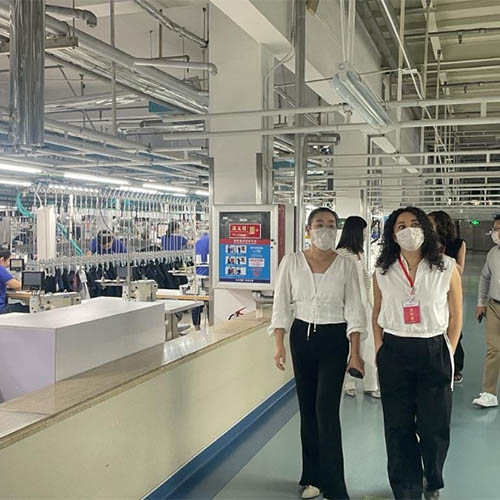
 April 01, 2024
April 01, 2024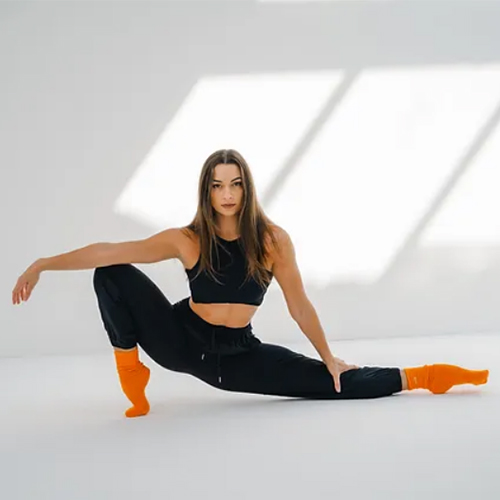
 March 30, 2024
March 30, 2024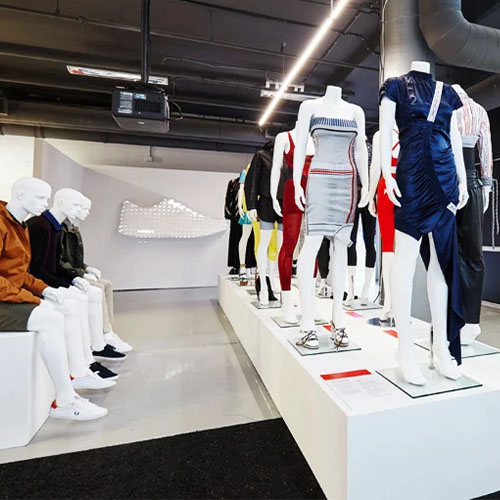
 March 29, 2024
March 29, 2024
 March 27, 2024
March 27, 2024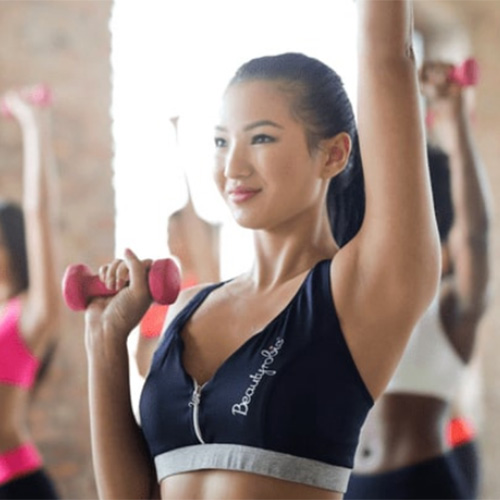
 March 26, 2024
March 26, 2024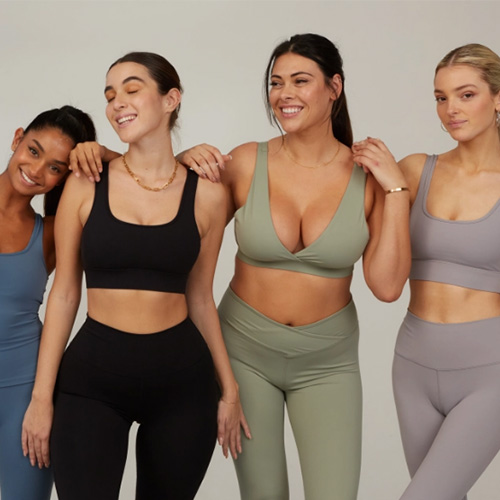
 March 20, 2024
March 20, 2024